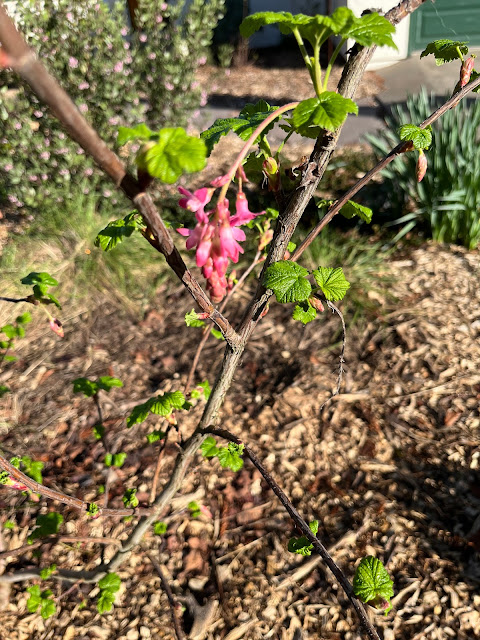Remember, remember the circle of the sky
the stars and the brown eagle
the supernatural winds
breathing night and day
from the four directions
Remember, remember the great life of the sun
breathing on the earth
to bring out life upon the earth
life covering the earth
Remember, remember the sacredness of things
running streams and dwelling
the young in the nest
a hearth for sacred fire
the holy flame of fire
PAWNEE/OSAGE/OMAHA INDIAN SONG
Planting seeds, no matter the size, is nothing short of a miracle. These small seeds hold the potential, when planted in dirt, to sprout and grow into plants. Take these Silvery Fir Tree tomato seeds:

One seed will sprout and grow to about three feet tall. This determinate
(having exact and discernible limits to its "form") tomato plant I learned about when reading Animal, Vegetable, Miracle: A Year of Food Life. Barbara Kingsolver, her daughter and husband wrote this book when living in the East where they grew their own food. I find this two inch early ripening red tomato very tasty. I roast and fill quart jars then place them in the freezer to enjoy in the winter.
 |
The sprouting tomato seeds
setting on the heat mattress
with the temperature set for 80 degrees.
I am so fortunate to have had such a talented husband. He built the "mini greenhouse" that sits on the West side of the house. The top opens and can be propped open with a metal "stake".
Now the tomato seeds have sprouted. More seeds have been scattered: 'Wild Garden Lettuce Mix' in the large white 6 pack, Arugula Wild Rocket "Rocky" and Chervil in the two 4" pots. The mattress temperature setting has been decreased to 70 degrees. With the cool weather the ambient temperature is chilly thus the lid to the greenhouse remains closed. Of course, to confirm all is still working and the heat mattress remains at the set temperature, I check out the greenhouse at least daily sometimes more.
When the clouds do not cover the sun, Shasta loves laying in the sunshine. She is such a "happy girl". This Sunday past she celebrated her 12th birthday.
IF she is not outside in the back yard, the "bushy tailed rodent" turns up in search food. There is not just one squirrel but many that frequent the back yard. Shasta is one busy girl keeping them at bay. She seems to embrace "her job" and does so with zest. And the squirrels move FAST when Shasta shoots out of the door in pursuit.
 | Lepechinia fragrans ‘El Tigre’ (Pitcher sage) |
As I look out the North facing window the sky is overcast and dreary, to me. However, I am delighted to have a hardy belly
|
































